Have you ever found yourself overwhelmed with the task of WordPress delete theme? Are you grappling with a cluttered dashboard, reduced site speed, or potential security issues due to unnecessary themes?
You're not alone. Dealing with these unwanted entities can be a daunting task for many WordPress users.
According to a recent study, 197,332 detections of WordPress themes were found in the top 1 million sites. This means that a significant number of WordPress users are keeping unused themes on their sites, which can lead to a number of problems.
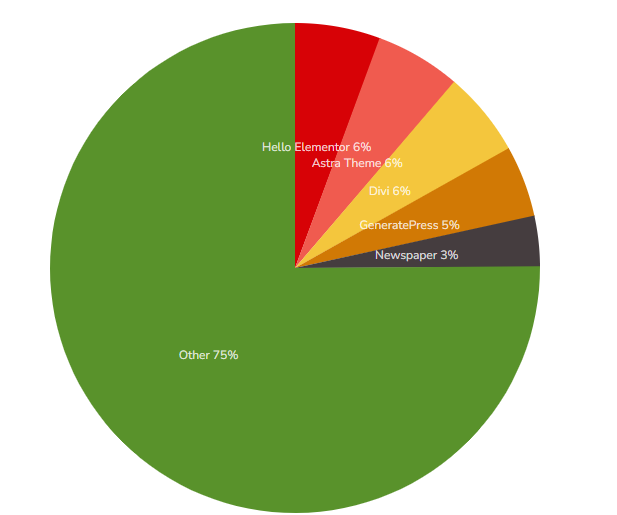
This guide will teach you the difference between uninstalling and deleting a WordPress theme and then provide a step-by-step visual guide on how to delete a WordPress theme.
The guide will consist of four steps with screenshots, and by the end of it, you will be able to delete WordPress themes like a pro.
Finally, the guide will discuss the reasons why we delete WordPress themes. Let's delve in.
Difference Between Uninstalling Vs. Deleting a WordPress Theme?
Steps to Delete WordPress Themes
WordPress themes define a website's look and feel, shaping user experience. They control the layout, design, font color schemes, and typography, impacting how visitors perceive and interact with the site. Themes can also add functionality, making websites versatile and adaptable for various purposes.
Now, we will learn how to delete a WordPress theme in just four visual steps. Let's delve into these steps.
Step #1: Go to Appearance in Dashboard
Upon successfully logging into the administrative area of your WordPress website, it's crucial to identify any superfluous themes. To do this, access the site dashboard by entering your admin credentials.
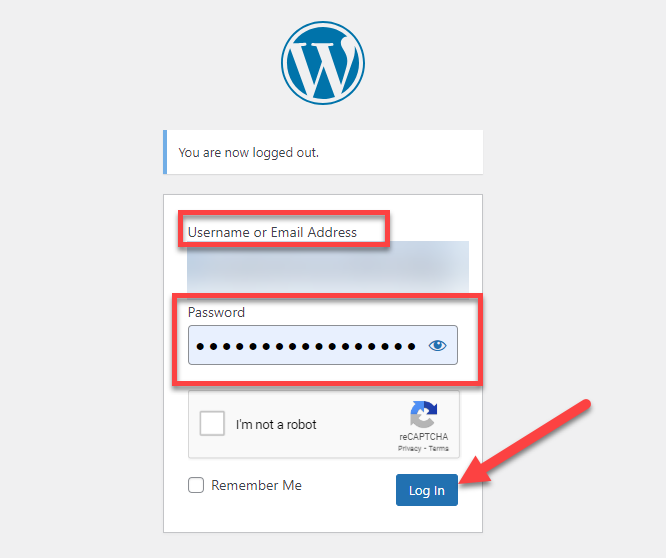
Once in the dashboard, locate the 'Appearance' option within the menu. Clicking on 'Appearance' will prompt a new window to appear.
From this newly opened window, select 'Themes,' which is presented as the first option. You will be able to review and manage your installed themes this way.
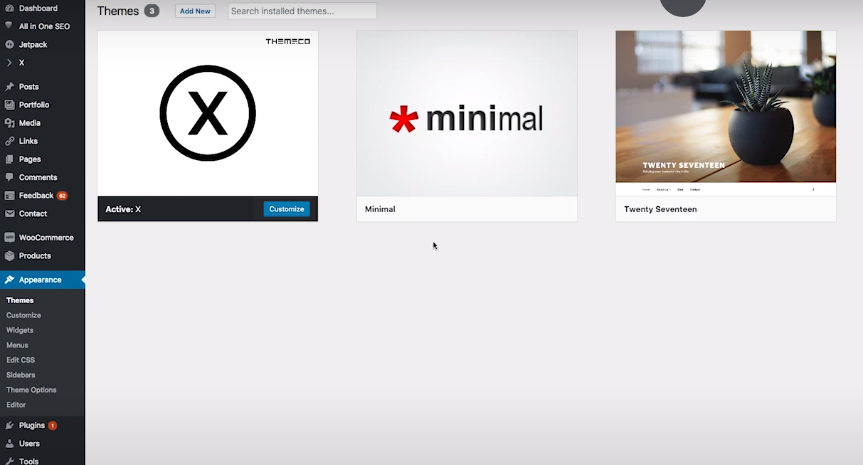
Step #2: Make the Backup of Your Site
A significant step emerges when you realize that unnecessary themes are installed on your WordPress website. It's crucial to back up your site before proceeding with the theme deletion process.
To back up your site, install the 'All in One WP Migration' plugin. Once activated, utilize this tool to create a comprehensive backup of your site. This safeguard will be invaluable in the event of data loss during the removal of unwanted themes.
Please note if you're using the accordion plugin, it isn't required in this particular process.

After successfully activating the 'All in One WP Migration' plugin, navigate through your dashboard to locate the same. Upon clicking 'All in One WP Migration,' a new window will appear, presenting 'Export,' 'Import,' and 'Backups' options.
For this process, you should select the 'Backups' option within the window. This will enable you to proceed with the site backup prior to deleting any unnecessary art themes.
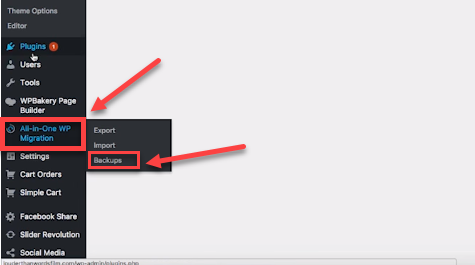
Step #3: Download the Backup File
Upon selecting the 'Backups' option as per the previous step, you'll locate the backup file you've created for your site. It's essential to download this backup file and store it on your local system.
This file may prove invaluable once you've concluded the theme deletion process, providing a safety net should you need to restore any lost data.
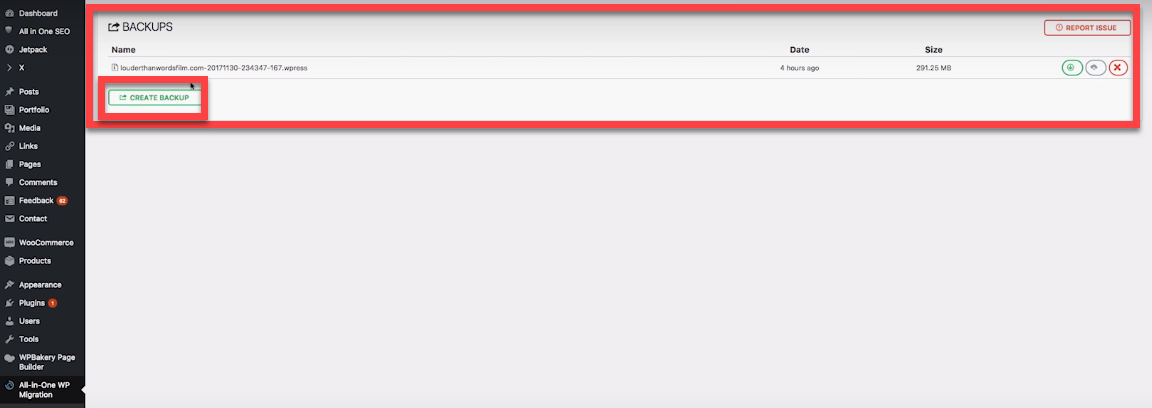
Step #4: Delete the Theme
Once the backup file has been safely stored, return to the 'Themes' section by navigating to 'Appearance' and selecting 'Themes' from the subsequent window.

Identify and select the theme that is deemed superfluous for your website. Unwanted themes can impede the performance of your WordPress site.
Proceed with deleting the theme, knowing that the security of your WordPress site will remain uncompromised. The deletion process will not introduce any site security issues. The stored backup ensures that your data can be restored if necessary.
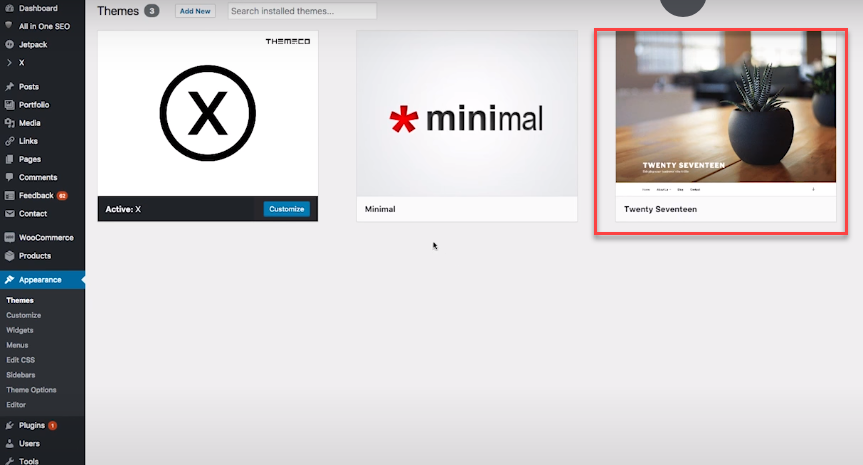
Select the blog theme you aim to delete with a right-click action. This will open a new page to display on your screen, presenting an option to delete the chosen theme. In the bottom right corner of the page, click the 'Delete' button to proceed with the deletion.
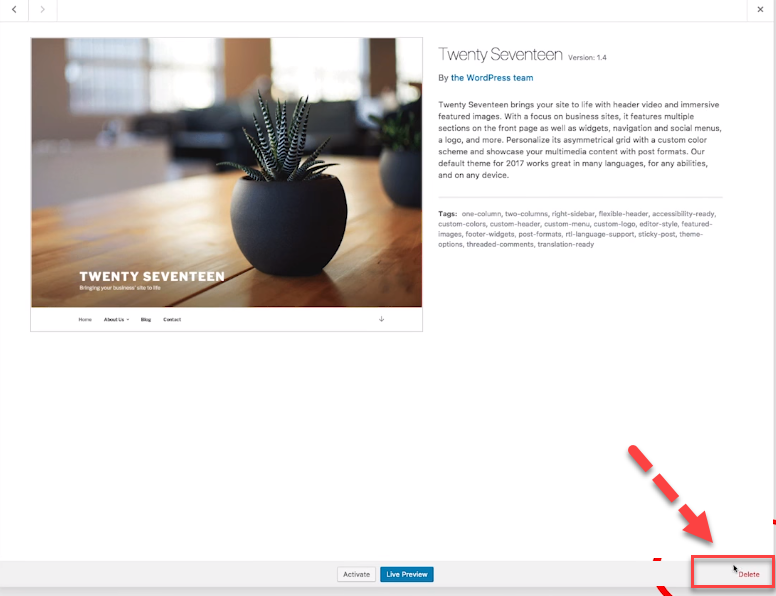
Upon clicking the 'Delete' button, a confirmation message will appear at the top of your screen.
This message will ask, "Are you sure you want to delete this theme?". You will have the option to either 'cancel' and return to the previous screen or to confirm the deletion by clicking 'OK.'
The same process applies if you wish to delete the Travel Blog theme. In this case, we are certain of our intention to delete the theme, so we would proceed by clicking the 'OK' button.

Upon clicking the 'OK' button, you'll notice that the selected theme has been successfully deleted. If there are additional themes you deem unnecessary and wish to remove, simply repeat these steps for each one.
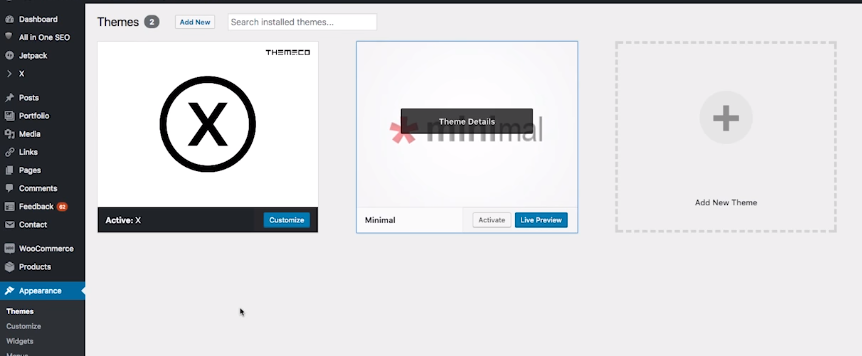
Why Delete a WordPress Theme?
There are several reasons why you might want to delete a WordPress theme:
- Free up space: Themes, especially complex ones, can take up a significant amount of storage space on your server. If you are not using a theme, deleting it can help to free up some of this space.
- Improve security: Unused or old themes can pose a security risk if not regularly updated. Deleting unused themes can reduce potential vulnerabilities.
- Reduce clutter: If you have experimented with multiple themes and only use one or two, deleting the others can make your dashboard cleaner and easier to manage.
- Performance improvement: Having a lot of unused themes can slightly slow down your site's performance by increasing the size of your website's backups, making your site harder to manage.
Wrapping Up
WordPress delete themes, while valuable for designing and customizing your website, can become a hindrance if they pile up and remain unused. They not only clutter your dashboard but also pose potential security threats and can slow down your website.
This comprehensive guide has walked you through the distinction between uninstalling and deleting a WordPress theme and provided a step-by-step process on how to delete these themes effectively.
Remember, before you proceed with deletion, always ensure to back up your site. This preventive measure safeguards your data and allows for recovery in case of any accidental deletions.
Deleting unnecessary WordPress themes is not just a matter of housekeeping; it's an essential step toward improving your site's performance, security, and manageability.
So, if you've got surplus themes lurking around, it's high time you showed them the exit door. With this guide at hand, you're well-equipped to handle this task like a pro.
FAQs
How do I reset my original theme?
To reset to your original theme, you should first ensure that the theme is still installed on your WordPress site. If it is, you can reset this theme by following these steps:
a. Log in to your WordPress admin area.
b. Navigate to Appearance > Themes.
c. Find the original theme you want to reset to. Hover over it and click the "Activate" button.
Please note that while this will change the appearance of your site to match the original theme, any customization you've made to the theme will not be reset.
What is the default WordPress theme?
The default WordPress theme is the basic theme that comes with your WordPress installation. "Twenty Twenty-One." WordPress releases a new default theme every year, named after the year of release (e.g., Twenty-Seventeen, Twenty-Eighteen, etc.). Each new default theme showcases the latest features of WordPress.
Can I reinstall WordPress themes without losing content?
Yes, you can reinstall a WordPress theme without losing your content. Your posts, pages, images, and other uploaded content are stored in your WordPress database, not your theme files.
However, if you've made any changes to the theme files directly, such as modifications to the PHP files, you will lose those changes when you reinstall the theme. To avoid this, it's recommended to use a child theme for modifications.
Should I delete the inactive WordPress theme?
It's generally a good practice to delete any inactive WordPress themes that you're not planning on using. This is because keeping the unused themes can pose security risks if they're not regularly updated, and they can take up valuable storage space on your server. However, it's recommended to keep at least one default WordPress theme (such as Twenty Twenty-One) installed as a fallback.
How do I remove WordPress themes from cPanel?
Here is a step-by-step guide on how to delete a WordPress theme via cPanel:
a. Log into your cPanel.
b. Under the "Files" section, click on "File Manager."
c. Navigate to the "public_html" directory.
d. Navigate to the "wp-content/themes" folder. Here, you'll find all your theme folders.
e. Right-click on the theme you want to delete and select "Delete." Confirm the deletion in the pop-up window.
Please remember to back up your site before deleting any themes or files from cPanel.
















.svg)
.svg)
.svg)

